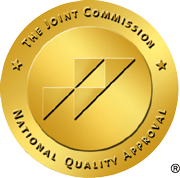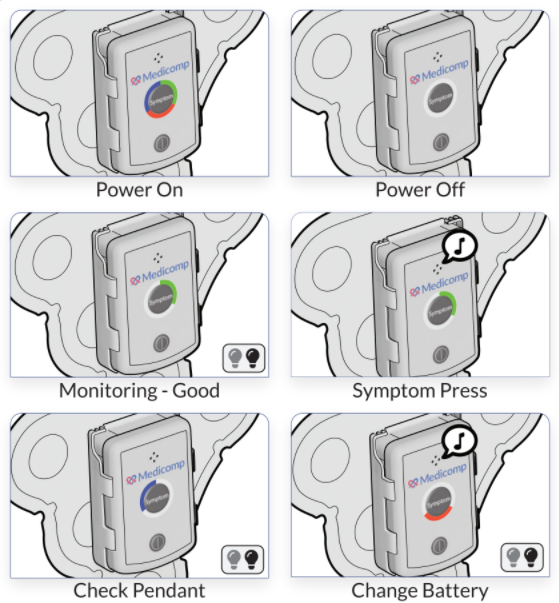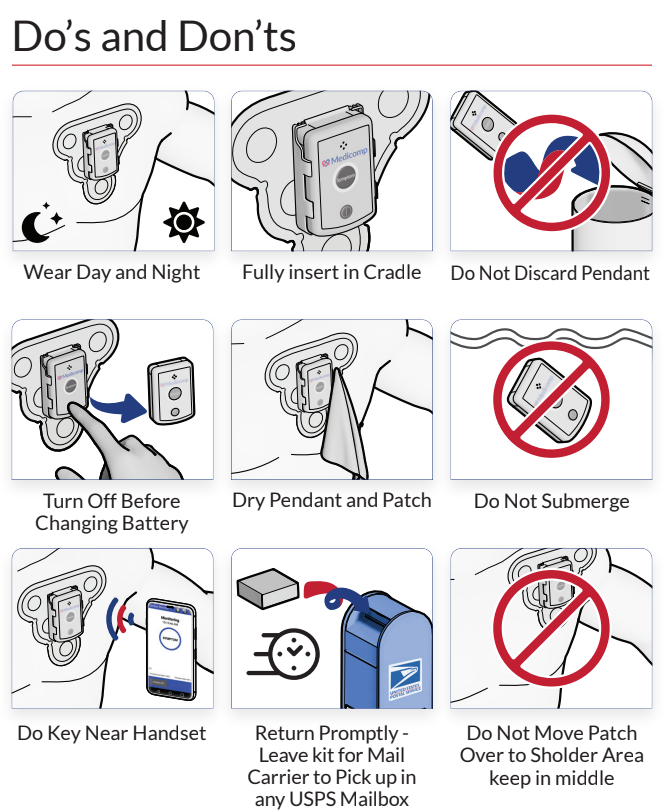Heart rhythm disorders, more commonly known as cardiac arrhythmias, are irregularities in the electrical rhythm of the heart. This can cause the heart to flutter, skip a beat, or skip between the two for a short time. Most of the time these events are not life threatening and many people have them without even noticing. However, when arrhythmias are accompanied by dizziness, fainting, palpitations, and otherwise unexplained strokes they pose a serious risk to the sufferer’s life.
When these symptoms occur, it is imperative that the patient meet with their doctor to arrange a monitoring session. Cardiac monitoring is important to diagnose heart rhythm disorders because heart rhythm disorders are sporadic and might not present themselves during a single meeting with a doctor. Extended monitoring is also important to get as much information as possible to make an accurate diagnosis and find the source of the rhythm disorder.
Cardiac monitors are portable devices that detect and record the electrical signals of the heart. There are two types of cardiac monitors: external monitors and implantable monitors.
- External Monitors. These are the traditional models and are intended for short term use. External monitors, also known as Holter monitors, are small tape recorder sized devices that are used by patients for about 30 days at a time. Once a session is done the doctor takes the information from the monitor along with the information recorded by the patient and looks for signs of a heart rhythm disorder.
- Implantable Monitors. Designed for longer sessions, implantable monitors are small devices that are placed just under the skin. Just like its external counterpart it will detect and record the electrical activities of the heart for up to three years in a single session. These are usually used when external monitors fail to detect a heart rhythm problem in a short session.
Cardiac monitors make it possible to find these otherwise elusive heart rhythm disorders. The future of the cardiac monitor industry promises new innovations to help physicians diagnose irregular heartbeats quickly and more easily. To learn more about Holter monitors and other innovations in the field of cardiac monitor production, continue to scroll through the ReactDx Inc. blogs today.



